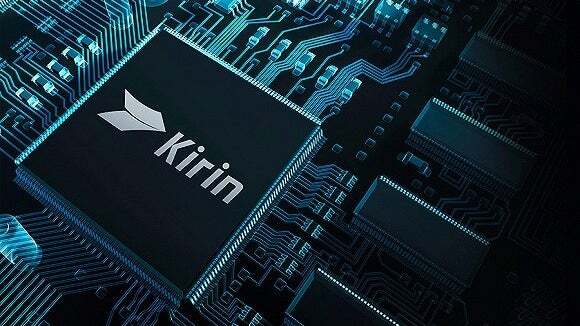SHOCKING! SMIC to build 5nm chip for Huawei without EUV; foundry is third largest in the world

Back in February, we told you that China's largest foundry, SMIC, was going to build a 5nm chip for Huawei this year. The foundry built the 7nm Kirin 9000s application processor (AP) that allowed Huawei to introduce a flagship line last August, the Mate 60 series, that supports 5G. The last time Huawei released a flagship line with 5G support was in 2020 when the Mate 40 series was launched running the Kirin 9000 SoC. That same year the U.S. extended its export rules preventing foundries that use American tech from shipping cutting-edge chips to Huawei.
After the Mate 40 series, Huawei was able to use tweaked Snapdragon chips from Qualcomm that were modified to block them from 5G networks. These chipsets powered the flagship P50, Mate 50, and P60 lines. U.S. officials will no longer issue licenses to Qualcomm that allow them to ship 4G chips to Huawei. Not that it matters. Now that Huawei can obtain 5G chips from a Chinese foundry, why would they ever go back to Qualcomm for the APs used on their phones?
At 7nm, the Kirin 9000s is two generations behind the 3nm A17 Pro AP that runs the iPhone 15 Pro and iPhone 15 Pro Max. The reason why SMIC cannot build cutting-edge chips has to do with the U.S. and the Dutch governments preventing Chinese firms from acquiring Extreme Ultraviolet (EUV) Lithography machines that etch extremely thin circuitry patterns on silicon wafers. These machines are made by one company in the world, Dutch firm ASML and are necessary to create chips using nodes under 7nm.

Report says that SMIC will build 5nm APs for Huawei this year even without access to an EUV machine
According to Business Korea, it appears that SMIC might be able to use older Deep Ultraviolet (DUV) lithography machines, purchased before any sanctions were imposed, to manufacture 5nm chips. This is a big deal for both SMIC and Huawei as it gets the latter closer to the 3nm node that will be used to make the cutting-edge chips that will power flagship handsets in 2025. While many analysts have said that it is possible to build 5nm chips using DUV, the price of such chips is said to be prohibitive.
Just as shocking as the possibility that Huawei could soon have access to 5nm APs is the news that SMIC was the third-largest foundry in the world during the first quarter. TSMC was the largest generating Q1 sales equivalent to $18.5 billion, followed by Samsung Foundry's first quarter gross of $3.5 billion. SMIC took in $1.75 billion during the opening three months of 2024. SMIC was the only foundry among the top five to report an increase in revenue from 2023 Q4 to 2024 Q1.










Things that are NOT allowed: